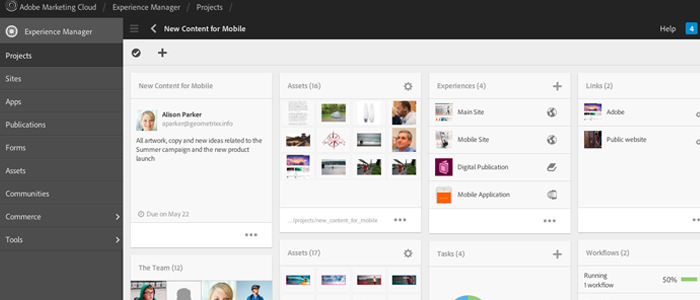
Is Your Organization Ready to Evolve Digital?

A 2019 study by McKinsey showed that only 14% of digital transformation projects made and sustained performance improvements. Just 3% of businesses surveyed said their digital transformation was a success. Yet the people within these organizations, their boards and their investors all know the importance of re-organizing the business with digital in mind. Why the disconnect between intent and outcome? What factors help a business succeed at digital transformation? And how can businesses sustain that evolution?
To answer these questions, we looked at Apexon’s own experiences working with clients and prospects. I’m proud to report our clients really are succeeding at their digital transformation goals. To get a flavor of what they are achieving, take a look at our case studies page. We always start with the client’s business goals in mind and ensure that every step of every solution satisfies the business case. We also focus on digital transformation solutions that are achievable for our clients to continue to deliver, even after Apexon’s initial involvement is over. When it comes to putting digital to work, we believe this approach holds the keys to digital transformation success.
If you are looking to evolve your digital transformation journey to the next level, take a look at these ten steps to success, drawn from the experiences of our people and the feedback from our clients.
- Mindset Transformation
Apexon’s mantra is “digital is never done”. This requires people with the mindset to sustain and accelerate momentum. If a digital transformation initiative feels like it is stalling, evaluate the workforce’s morale and capabilities, both now and in the longer term. Do they have the skills and motivation to live and breathe digital? More importantly, do they have the mindset to keep trying?
- The Long View
Short-term success is important, but not an end in itself. Short-term wins are milestones on a longer journey. Sustaining and evolving digital transformation efforts requires resilience, dedication and long-term goal-setting. It is natural to measure performance against short-term progress, but do not forget to map out detailed longer-term objectives.
- Keep Going
You know the phrase, “change is the new normal”. It is easy to say, but deceptively hard to sustain if team members reach milestones, high-five one another and then slip back into their old ways of working. Mindset is a key differentiator between the organizations that keep evolving, and those who stall.
- Crystal Clear Objectives
Getting agreement across the board for a set of objectives can be a challenge. Fudged goals or woolly objectives will come to haunt a project down the line when the team is struggling to focus or unable to make the case to extend the project.
- Accountability Matters
Resting on your laurels is not an option. If your organization does not insist on accountability in the short and long term, then the transformation will derail eventually. It is harder than you think. There can be an assumption among senior leaders that they will go back to their day job eventually. They are wrong. Change really is the new normal.
- Celebrate Wins and Learn from Mistakes
Celebrating wins is easy; the hard part is learning from mistakes. Company culture has an important part to play in how a workforce responds when things go awry. However, technologies, processes and tools can also help. Digital opens up endless possibilities and opportunities, including advance digital engineering capabilities that enable enterprises to take advantage of mocked development and test environments and help get higher quality software to market in less time, for less cost.
- Challenge The Status Quo
As an industry we talk a lot about streamlining workflows, but sometimes you need to introduce a bit of friction back in. By this I mean that organizations need to empower their people to stop and challenge accepted thinking. Organizations that encourage dissenting voices and listen to a diverse set of opinions do better at digital.
- Automation Frees Me Up To….
How you complete the phrase says a lot. Here’s a clue: automated tools should enable your team to focus on the strategically important stuff. What they should not do is enable anyone to hide. Human interaction, manual intervention, the exchange of ideas, all of these must not be (entirely) lost in a digitized workflow.
- Digital Enabling Business
As companies race to deploy digital tools and tech across different form factors, their people can get caught up in workflows that revolve around an app or service. Digital tools should support what a business does in order to increase efficiency. In this fast-changing world, it is easy to end up lumbered with processes or tools that are outdated and de-motivating.
- Frequent Checks and Interventions
Businesses are used to assessing performance on a quarterly, semi-annual or annual basis. Just as digital speeds up time-to-market and enables releases on a weekly, daily or more basis, so businesses need to keep up with the pace of change by adjusting how they monitor projects.
If you have experienced challenges in your digital transformation journey, let us know by leaving a comment. And, if you are ready to take on the next phase in your company’s digital transformation, but are unsure of the next steps, fill in the form below.







